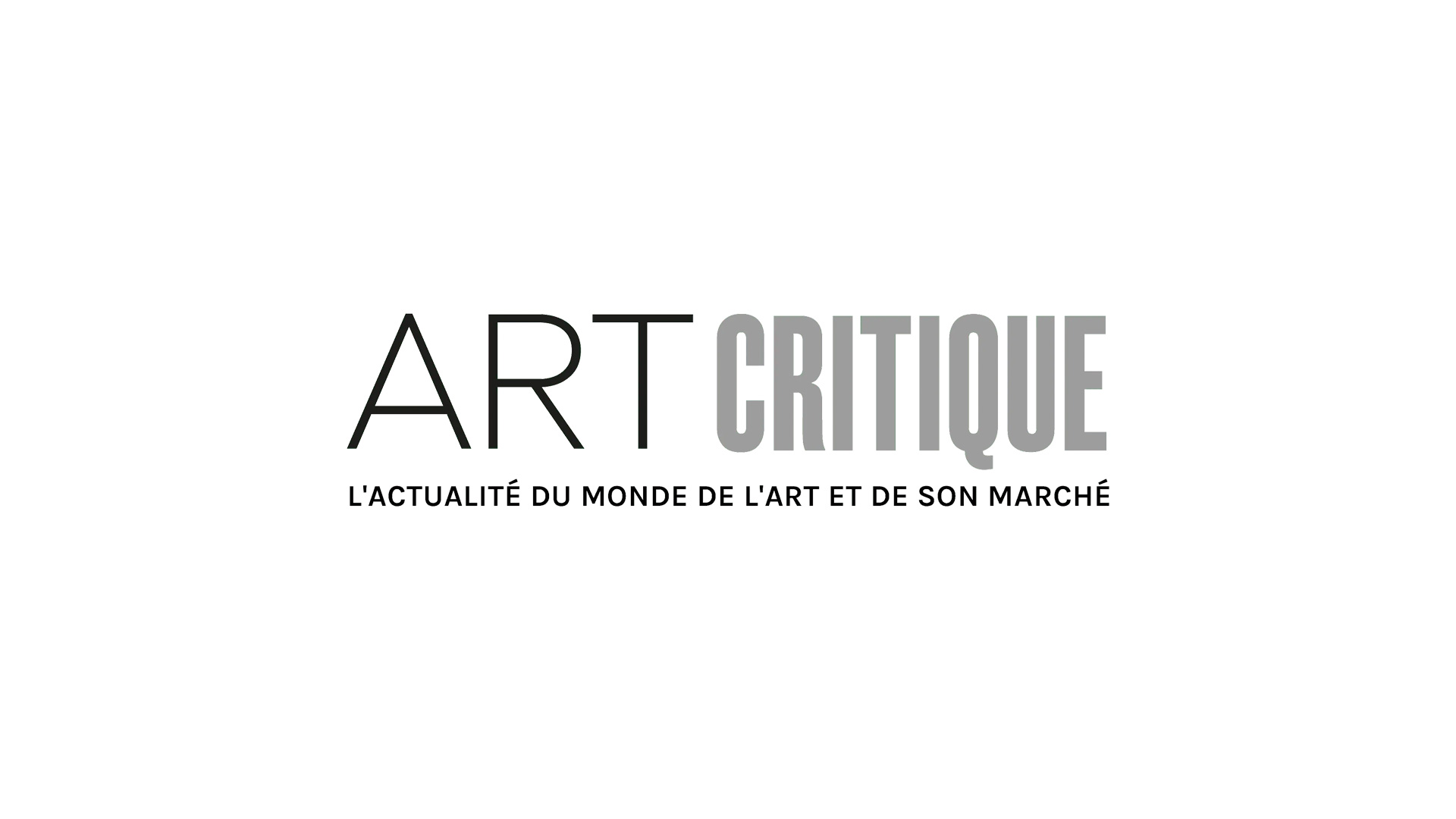Tattoo artists sometimes cover their legs and arms in tattoos by their own hand as a way to practice their art. Nurses give each other IVs so they can later catch a patient’s vein on the first try. So, for artists, self-portraits simply make sense. Portraiture is a difficult skill to master and, in the words of the director of the National Portrait Gallery (NPG) in Washington DC Kim Sajet, ‘[i]n the middle of the night when the urge strikes, you’ve got yourself.’ For NPG chief curator Brandon Fortune, self-portraits are ‘self-reflections’ and cathartic in addition to part of technical training. ‘To present a persona to the world that may not be true or authentic, but is the character the artist wants to be remembered as,’ continued Fortune in an interview with NPR.
The NPG is celebrating such portraiture in their exhibition ‘Eye to I: Self-Portraits from 1900 to Today,’ which was curated by Fortune and runs through August 18th. More than 75 portraits are on display to examine the way that we deal with our representation of and perception of ourselves. ‘Eye to I’ seeks to confront who we are in the era of ‘selfies,’ social media, and ‘fluidity of contemporary identity.’ Visitors will find autobiographical portraits by the likes of Chuck Close, Elaine de Kooning, Diego Rivera, and Edward Hooper.
The resulting artworks express the various ways in which we represent ourselves, flaws and all. Some are playful, others are full of angst. They span drawing, photography, and multi-media works that incorporate the self in unique ways. Jim Dine takes himself inherently out of the self-portrait. We find his robe, standing as though he is in it but his arms, legs, neck, head, none are visible. Alice Neel takes on the nude self-portrait at age 75. She sits in a blue striped chair, white hair in a bun on her head, and paintbrush in hand. She is not the ideal of beauty with taut, youthful skin and perfected assets. She is herself, what she sees, what she is. Fortune told NPR that that particular self-portrait was difficult for Neel. ‘She said it was so hard that “my cheeks got red with the effort,” Fortune recalled. If Neel’s self-portrait aims to capture the imperfect, Thomas Hart Benton’s self-portrait spans the gamut picturing his idealized self – tall, dark, and handsome – with his wife Rita in sunny Martha’s Vineyard.
The exhibition explores the ways that self-portraiture has thus taken on different mediums since the turn of the 20th century. It allows visitors to obtain a snapshot of the artists who created them. A snapshot, though, that shows them in a light that might be vulnerable, egotistical, happy, smug, depressed, or matter of fact because self-portraits have a unique ability to show the artist’s inside and outside in an intimate way. The show wraps up the NPG’s year of celebration for its 50th anniversary and an illustrated catalogue will accompany the exhibition in the spring.





